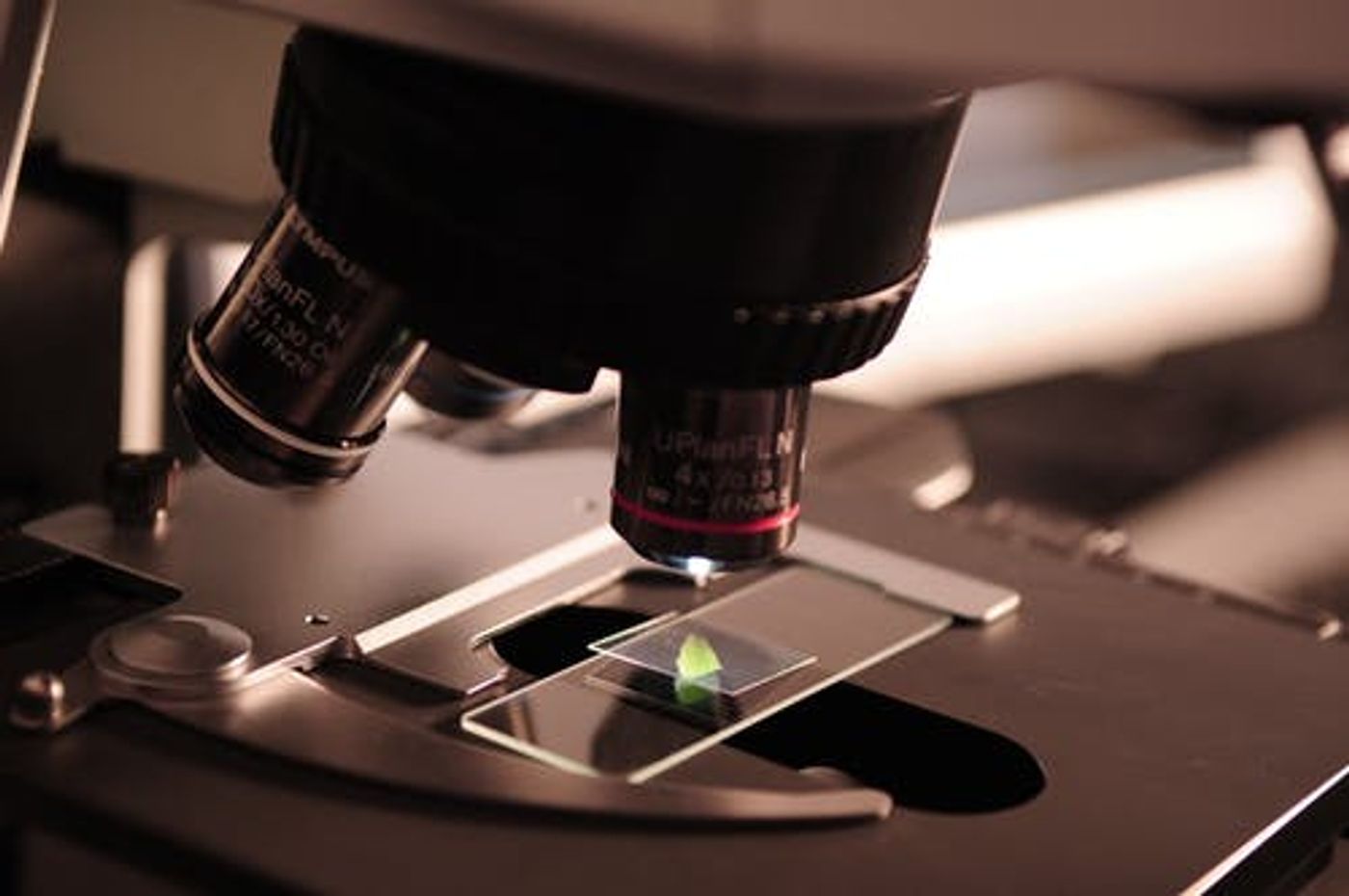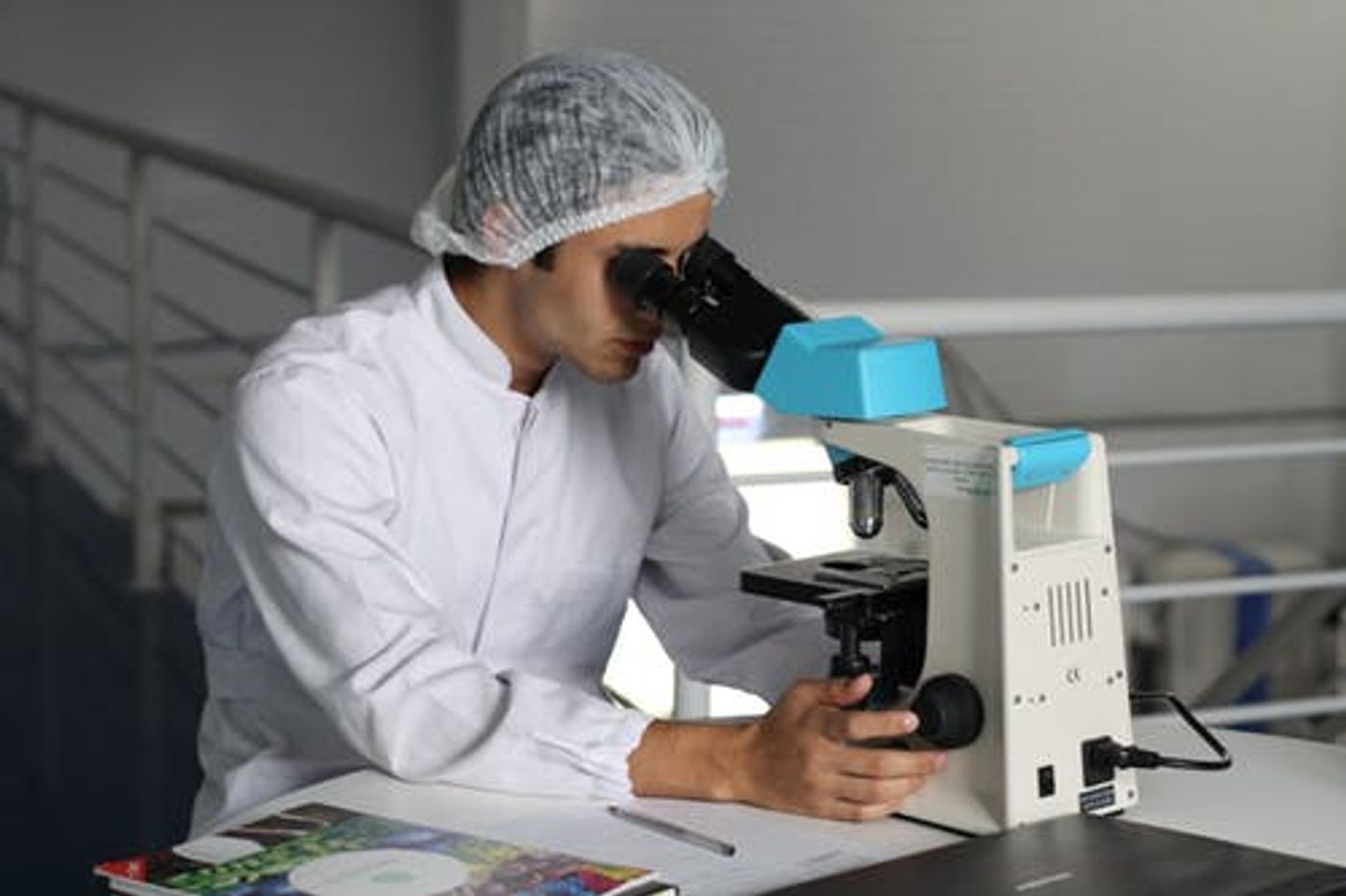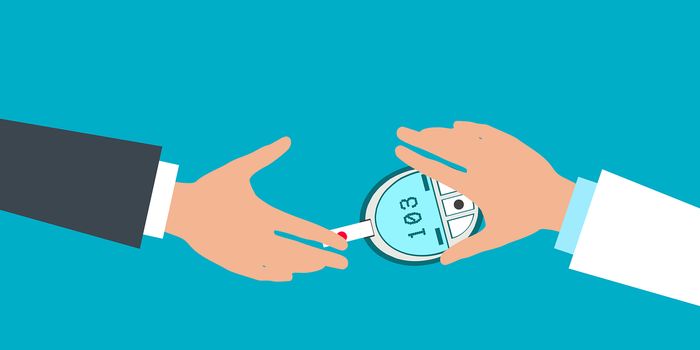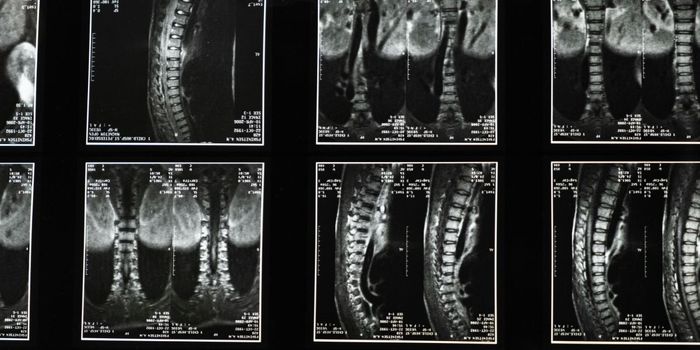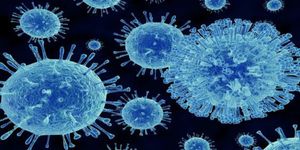Mighty Multitasker, Mitochondria Do More Than Power The Cell
We all remember the mighty mitochondria from high school biology. These cellular power-houses are best known for their role in energy production. Specifically, these bean-shaped organelles generate adenosine triphosphate (ATP), the fuel required by muscles to produce movement. Biologists believed, for over a century, that this was their only function. This simplistic understanding of mitochondria’s role is now beginning to shift.
One finding revealed that a protein produced as a byproduct of energy production is crucial to the process of apoptosis. Programmed cell death is a normal part of growth, which depends on protein cytochrome c. An early study indicates that mitochondria might be able to trigger cell death by releasing cytochrome c into the surrounding cytoplasm.
Recent studies have also observed the role of the organelles in signaling and regulatory functions. One of the mitochondria’s key roles is in controlling the development of pluripotent stem cells by defining their ultimate role.
Mitochondria are also known for regularly changing shape. They do this through regular cycles of fusion, during which they combine; and fission, during which they split. A study published last year from the University of Ottawa in Canada has shown the relationship between this cellular shape-shifting and the development of new neurons.
The studies prompted research into mitochondria’s role in neural stem cells decision to self renew or differentiate. Researchers found that dysfunction of the mitochondria’s ability to combine and split was related to the development of neurodevelopmental disorders like autism, Alzheimer’s, and amyotrophic lateral sclerosis (ALS).
Interestingly, the induced dysfunction of mitochondrial shape-shifting in rats leads to a reduction in the number of new brain cells being produced. Over time, this leads to memory and learning impairments. Changes in shape and the release of proteins are not the only ways in which mitochondria communicate with the cell. More research is needed into the role mitochondria plays in cell differentiation to possibly aid in stem cell research and therapies. It is possible that these cellular powerhouses are much more mighty than previously thought.
Sources: Cell, Khan Academy
